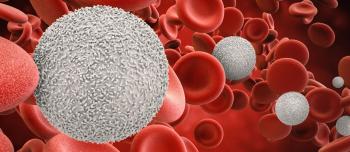The National Hemophilia Foundation’s (NHF’s) Nursing Working Group continues to revise and expand its Nurses’ Guide to Bleeding Disorders (NGBD). The latest chapter that has been updated is related to aging in the hemophilia population. First published in 1995, the guide provides comprehensive information and practical ideas to assist nurses at all levels in caring for patients with bleeding disorders.
Over the last several years, the NGBD has further evolved into a readily accessible online resource, serving as an introduction to nurses new to the field and as an information source for more experienced nurses. New chapters, which continue to be added in downloadable PDF format, cover a wide range of topics such as orthopedics, pain, rare bleeding disorders and women with bleeding disorders.
In “Hemophilia and Aging,” Angela K. Tom, MS, FNP-C describes a changing clinical landscape as life expectancy for individuals with hemophilia rises. Access to steadily improving therapies and innovations in comprehensive care management has ensured that the population of aging hemophilia patients will continue to grow, and as patient demographics shift so will their healthcare needs.
Tom explains that hemophilia treatment center (HTC) staff should therefore be prepared to provide coordinated care that will address the emerging health concerns of patients 65 and over. In addition to baseline bleeding control and prevention, HTCs and primary care physicians will likely encounter an expanded set of clinical considerations such as hypertension, dementia, cardiovascular disease, obesity, cancer and bone health issues, plus other potential complications such as thromboembolic disease.
The author concludes by stressing that “ongoing vigilance regarding safety and coordination with our peers” will help promote healthy aging and longevity in this at-risk population.
View this and other chapters of the NGBD.





